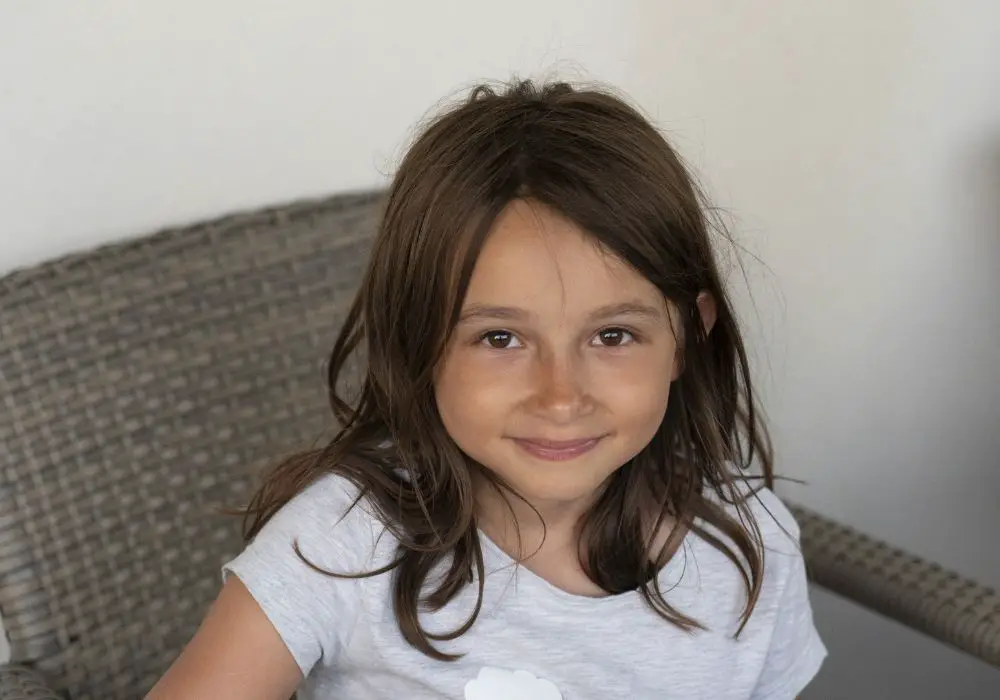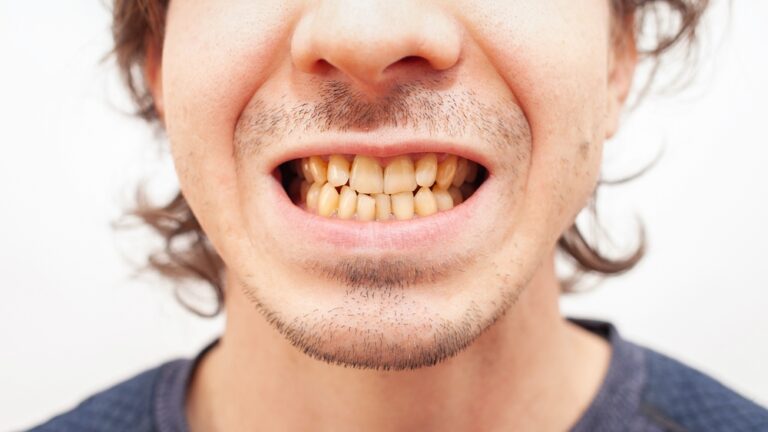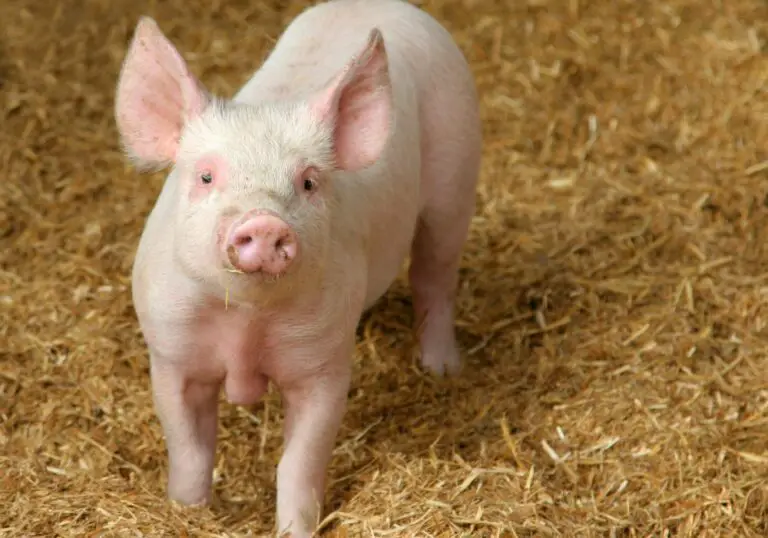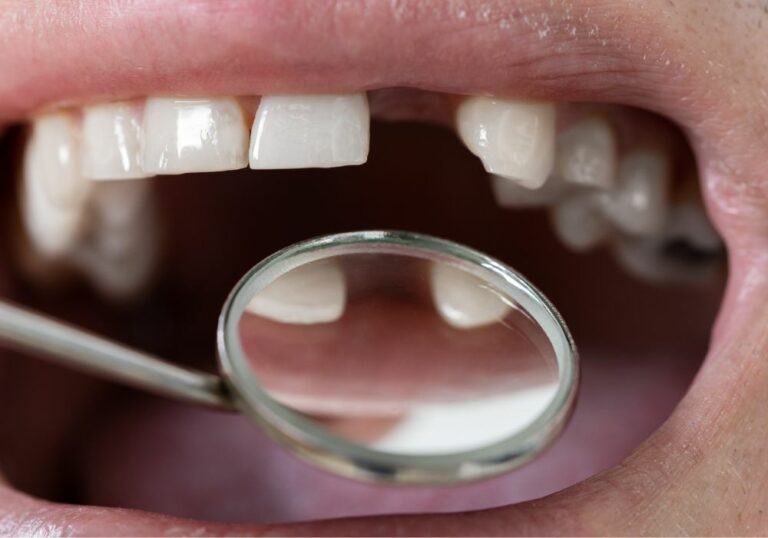The natural tooth eruption timeline
Most children begin losing their baby teeth around age 6. The first teeth to fall out are typically the lower central incisors. However, the age at which kids begin shedding teeth can vary quite a bit. Here is a more detailed timeline for when primary teeth typically erupt and fall out:
| Age Range | Teeth |
|---|---|
| 6-7 years | The lower central incisors are often the first primary teeth to become loose and fall out, usually by age 6 or 7. |
| 7-8 years | Next, the upper central incisors start to loosen and fall out, generally between ages 7 and 8. |
| 7-9 years | After the central incisors, the lower and upper lateral incisors become loose and fall out, usually between 7-9 years old. |
| 8-10 years | The first primary molars begin getting loose and falling out next, typically between ages 8-10. |
| 9-12 years | Then the canine teeth become loose and fall out, normally between ages 9-12. |
| 10-12 years | Finally, the second primary molars start falling out between 10-12 years old. |
As you can see, age 7 falls right in the middle of the prime tooth losing years. While some kids lose their first tooth even earlier than 6, most 7 year olds are actively shedding their primary incisors and getting ready to lose more teeth. If your child has not begun losing any teeth by age 7, it is considered late.
Reasons baby teeth may be late falling out

There are several possible reasons why a 7 year old’s baby teeth are not coming out yet:
Genetics
Some children naturally follow a delayed timeline for shedding primary teeth. If you or your spouse lost teeth later than average, your child may have inherited that genetic tendency toward later tooth eruption. The genes regulating dental development in some families lead to later loss of baby teeth.
Nutritional factors
Poor nutrition can affect tooth eruption and development. Deficiencies in important vitamins during childhood such as vitamins A, C, or D may potentially cause delayed loosening and loss of primary teeth. Make sure your child’s diet contains sufficient amounts of these key vitamins and nutrients through food sources and daily children’s multivitamins.
Physical factors
If the permanent tooth underneath a primary tooth is impacted, delayed, obstructed, or congenitally missing, this can prevent the primary tooth roots from being reabsorbed on the normal schedule and cause the baby tooth to become loose and fall out later than it should. Dental x-rays are needed to check for these types of problems impeding eruption of permanent teeth.
Health conditions
Certain childhood medical conditions and syndromes are linked to late tooth eruption and delayed shedding of primary teeth:
- Endocrine disorders like hypothyroidism, growth hormone deficiency, or hypopituitarism often delay tooth eruption.
- Developmental disabilities like Down syndrome, dysmorphic syndromes, and cleft lip/palate involve delayed dental development.
- Childhood cancers or cancer treatments like radiation and chemotherapy, especially at a young age, are associated with late primary tooth loss.
- Any disease or medication use that results in long-term malnutrition or vitamin/mineral deficiencies can potentially disrupt the dental eruption sequence.
Talk to your pediatrician if your child has any underlying health conditions that could be contributing to late tooth shedding. The dentist will also need to know about any medical issues or medications.
Medications
Certain medications are known to commonly delay tooth eruption and shedding. These include:
- Anti-seizure medications like Dilantin/phenytoin
- Tetracycline antibiotics which can discolor primary and permanent teeth
- Chemotherapy drugs used for childhood cancers
- Long-term steroid medications like prednisone
If your child takes any regular medications, review the drug side effects with your doctor and inform your pediatric dentist. Adjustments to dental treatment timelines may be needed.
When to see a dentist

The American Dental Association and American Academy of Pediatric Dentistry offer recommendations about when to seek an evaluation if your child’s teeth seem late erupting:
- Consult a pediatric dentist if your child’s first tooth is not present by 12-14 months of age.
- See a dentist if your child has no teeth at all by age 2-3 years.
- Schedule a dental visit if your child has fewer than 4 teeth present by age 4.
- Visit a dentist right away if your 7 year old shows no signs of any loose primary teeth or has not lost any teeth.
The dentist can thoroughly examine your child’s teeth, take any needed x-rays, and determine if there is an underlying problem causing delayed loosening and shedding of primary teeth. Early assessment and monitoring is important.
What happens at the first dental visit
At your 7 year old’s first visit, the dentist will likely:
- Perform a clinical exam of all your child’s primary teeth, looking closely for any decay, infections, or other problems needing treatment.
- Take bitewing x-rays to look at the underlying permanent teeth and visualize if they are developing normally.
- Clean and polish the primary teeth to remove any plaque buildup.
- Apply fluoride varnish to help strengthen tooth enamel.
- Assess your child’s home oral hygiene routine and offer tips for better brushing and flossing.
- Review your child’s diet and nutritional intake to ensure adequate vitamins for dental health.
- Check for any orthodontic problems like teeth crowding, malocclusion, or abnormal spacing issues.
- Develop a comprehensive treatment plan for your child’s specific dental needs.
This first visit also allows the dentist to carefully track eruption patterns and confirm permanent teeth are continuing to develop properly beneath the gums. If any delay in primary tooth mobility or loss is noted, the dentist can then investigate possible causes and next steps.
Tests to determine the cause of delayed tooth loss
If no loose primary teeth are noted by age 7, the dentist may recommend additional tests such as:
- Full mouth dental x-rays to allow detailed visualization of all areas of the mouth and get an inside view of the status of underlying permanent teeth. This is crucial in pinpointing possible problems.
- Panoramic x-rays to examine the entire jaw and all teeth. This single panoramic x-ray shows a good overview of dental development.
- CT scan provides a 3D scan and advanced imagery of unerupted permanent teeth, which can help identify issues.
- Genetic testing may be suggested to identify any genetic syndrome or mutation affecting dental growth and development.
- Blood tests to screen for nutritional deficiencies, hormone disorders, or other systemic medical problems that could be delaying tooth eruption.
- Referral to a pediatric endocrinologist to assess for any hormonal or growth abnormalities.
- Referral to an orthodontist for suspected structural problems within the bones and jaws that affect tooth eruption and position.
How dentists manage late tooth eruption

If localized obstructions or crowding are found to be directly blocking tooth eruption, the dentist may:
- Extract any over-retained primary teeth in order to guide normal eruption of the permanent teeth.
- Surgically expose impacted or blocked permanent teeth so they can continue erupting.
- Place spacers between crowded teeth to create sufficient space.
- Fit an orthodontic palatal expander appliance to widen the upper jaw for crowded teeth.
For medically-related eruption delays due to nutritional deficiencies, hormonal imbalances, or other systemic causes, dentists may prescribe:
- Dietary changes to increase intake of tooth-strengthening vitamins and minerals.
- Daily fluoride supplements to boost enamel strength and health.
- Hormone medications such as growth hormone or thyroid hormone under pediatric endocrinology guidance.
With careful monitoring and early intervention, dentists can help get delayed tooth eruption back on track and prevent more invasive treatment later on. Ongoing management is key.
What parents can do at home
While waiting for those primary teeth to finally become loose, parents can support dental health at home by:
- Brushing child’s teeth morning and night to keep teeth and gums clean.
- Flossing daily to remove plaque from tight tooth surfaces.
- Limiting sugary snacks and acidic drinks to avoid enamel damage.
- Encouraging kids to chew sugar-free gum which can help stimulate delayed eruption.
- Ensuring a balanced diet with plenty of tooth-strengthening vitamins A, C, and D.
- Following any home care tips recommended by your dentist.
- Keeping regular 6 month dental check-ups for ongoing eruption monitoring.
Proper daily dental hygiene and nutrition helps maintain healthy gums and teeth integrity until the natural loosening process kicks in. Notify your dentist promptly about any dental changes or concerns.
When to seek orthodontic treatment

If a child already has several fully retained primary teeth with no permanent teeth evident underneath by ages 7-8, orthodontic intervention is usually recommended. An orthodontist can create the needed space by using various appliances to guide eruption of permanent teeth into their proper positions.
See an orthodontist right away for an evaluation if your 7 year old has:
- No loose or lost primary teeth
- Crowding of permanent teeth with lack of space for them to erupt
- Permanent teeth already growing in very crooked
- Abnormal over/under bites and spacing between teeth
With early orthodontic treatment and ongoing monitoring, more invasive treatment later on can often be minimized or avoided. Timely management is essential.
Outlook for delayed primary tooth shedding
While it can be concerning if a 7 year old is late getting their first loose tooth, in most cases it is simply a variation in normal eruption timing rather than a serious problem. As long as the permanent teeth are developing normally without obstructions, eruption should only be delayed temporarily.
With periodic dental check-ups, potential problems can be detected early and managed effectively. A pediatric dentist has many methods to help get your child’s teeth on track while safeguarding their beautiful smile. Though delayed eruption can be trying for kids excited about losing their first tooth, rest assured there are solutions.
With diligent at-home dental care, good nutrition, and your dentist’s early guidance, your child’s primary and permanent teeth can continue developing strong and healthy – even if on a slightly delayed timeline. Patience, understanding, and working as a team with your dentist can ensure your 7 year old maintains their excellent oral health.
Frequently Asked Questions
Why are my child’s adult teeth not pushing out the baby teeth?
The most common reason is because the permanent teeth are obstructed, impacted or delayed in their development. Dental x-rays are needed to determine if the underlying adult teeth are present but blocked, or missing/not yet formed.
Should I pull out a baby tooth that’s loose but not falling out on its own?
No, never pull out primary teeth that are not ready to fall out yet. Manually removing teeth too early risks damaging the developing permanent tooth underneath. It’s best to let loose primary teeth fall out naturally at the appropriate time, unless advised otherwise by your dentist.
Can teeth be late erupting due to prolonged bottle feeding?
Yes, excessive and prolonged bottle feeding or pacifier use beyond 12-14 months of age can delay primary tooth eruption and shedding. The sucking motion counters the eruptive pressure needed for baby teeth to loosen and fall out. Stop bottle feeding and limit pacifier use by 12-14 months.
What health conditions are linked to late tooth eruption?
Endocrine disorders, malnutrition, Down syndrome, cleft lip/palate, childhood cancers, and medical treatments like radiation or chemotherapy can all potentially delay primary tooth eruption and loss. Inform your dentist about any medical conditions.
If my child’s teeth are late erupting, will they need braces sooner?
Possibly. Significantly late tooth eruption shifts the entire dental development sequence and can allow orthodontic problems to progress. See an orthodontist for evaluation by age 7 for late eruption, and have your child’s teeth monitored closely. Early orthodontic intervention is often recommended when dental delays are present.







